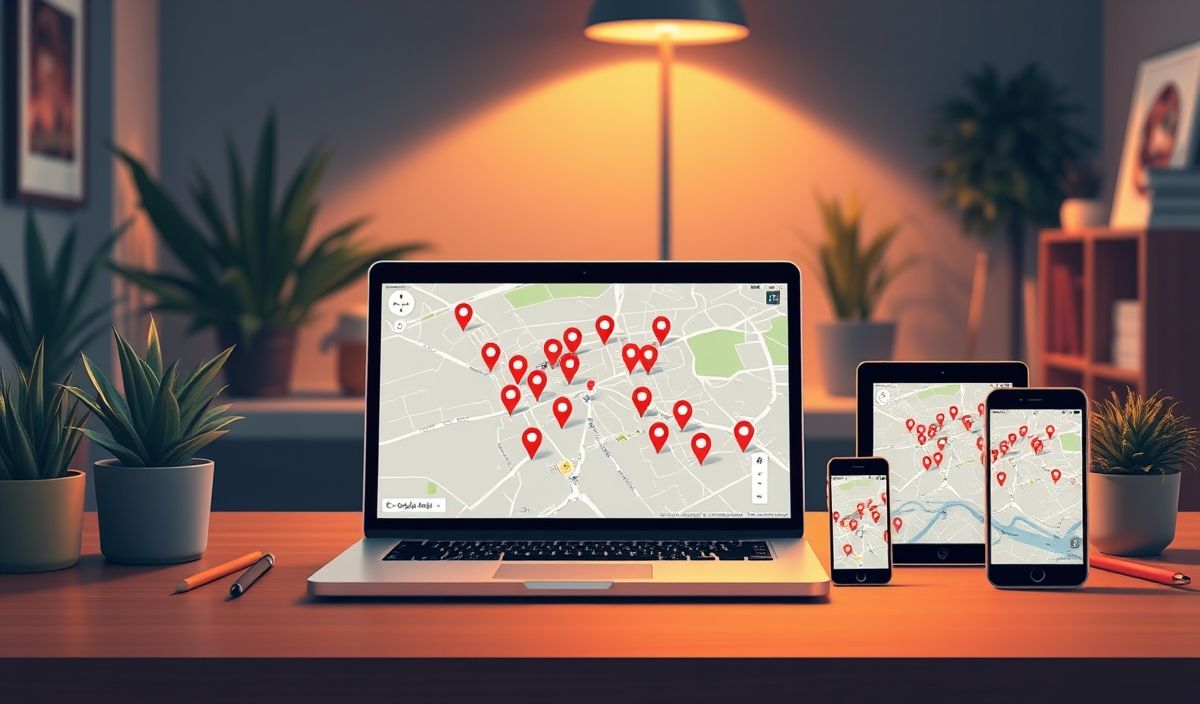Introduction to gmap3
gmap3 is a robust and versatile jQuery plugin that offers a convenient way to integrate Google Maps into your web applications. It is packed with a variety of APIs that allow you to customize maps, add markers, implement routing, and much more. This guide introduces you to gmap3 and provides comprehensive examples of its powerful APIs.
Basic Map Initialization
$('#map').gmap3({
map: {
options: {
center: [37.7749, -122.4194],
zoom: 10
}
}
}); Adding Markers
$('#map').gmap3({
marker: {
values: [
{latLng: [37.7749, -122.4194], data: "San Francisco"}
],
events: {
click: function(marker, event, context){
var map = $(this).gmap3('get'),
infowindow = $(this).gmap3({ get: { name: 'infowindow' } });
if (infowindow){
infowindow.open(map, marker);
infowindow.setContent(context.data);
} else {
$(this).gmap3({
infowindow: {
anchor: marker,
options: { content: context.data }
}
});
}
}
}
}
}); Creating Polylines
$('#map').gmap3({
polyline:{
options:{
path: [
[37.7749, -122.4194],
[34.0522, -118.2437]
],
strokeColor: "#FF0000",
strokeOpacity: 1.0,
strokeWeight: 2
}
}
}); Implementing Directions
$('#map').gmap3({
getroute: {
options: {
origin: 'San Francisco, CA',
destination: 'Los Angeles, CA',
travelMode: google.maps.DirectionsTravelMode.DRIVING
},
callback: function (results) {
if (!results) return;
$(this).gmap3({
map: {
options: {
zoom: 13
}
},
directionsrenderer: {
container: $('#directions'),
directions: results
}
});
}
}
}); App Example with gmap3 APIs
Below is a simple web application example that integrates all the introduced gmap3 APIs.
<!DOCTYPE html> <html> <head>
<title>Gmap3 Example Application</title>
<script src="https://ajax.googleapis.com/ajax/libs/jquery/3.5.1/jquery.min.js"></script>
<script src="https://maps.googleapis.com/maps/api/js?key=YOUR_API_KEY"></script>
<script src="https://cdn.rawgit.com/jbdemonte/gmap3/master/dist/gmap3.min.js"></script>
<style>
#map { height: 400px; width: 100%; }
#directions { margin-top: 20px; }
</style>
</head> <body>
<h1>Gmap3 Example Application</h1>
<div id="map"></div>
<div id="directions"></div>
<script>
$(document).ready(function(){
$('#map').gmap3({
map: {
options: {
center: [37.7749, -122.4194],
zoom: 10
}
},
marker: {
values: [
{latLng: [37.7749, -122.4194], data: "San Francisco"}
],
events: {
click: function(marker, event, context){
var map = $(this).gmap3('get'),
infowindow = $(this).gmap3({ get: { name: 'infowindow' } });
if (infowindow){
infowindow.open(map, marker);
infowindow.setContent(context.data);
} else {
$(this).gmap3({
infowindow: {
anchor: marker,
options: { content: context.data }
}
});
}
}
}
},
polyline:{
options:{
path: [
[37.7749, -122.4194],
[34.0522, -118.2437]
],
strokeColor: "#FF0000",
strokeOpacity: 1.0,
strokeWeight: 2
}
},
getroute: {
options: {
origin: 'San Francisco, CA',
destination: 'Los Angeles, CA',
travelMode: google.maps.DirectionsTravelMode.DRIVING
},
callback: function (results) {
if (!results) return;
$(this).gmap3({
map: {
options: {
zoom: 13
}
},
directionsrenderer: {
container: $('#directions'),
directions: results
}
});
}
}
});
});
</script>
</body> </html> By utilizing the powerful gmap3 APIs, you can create interactive and highly customizable maps for your web applications. Happy coding!
Hash: 05dbd41771616681b4efa1aa04a3847a5f8ec6a7e379f19e58344ac685221a67




